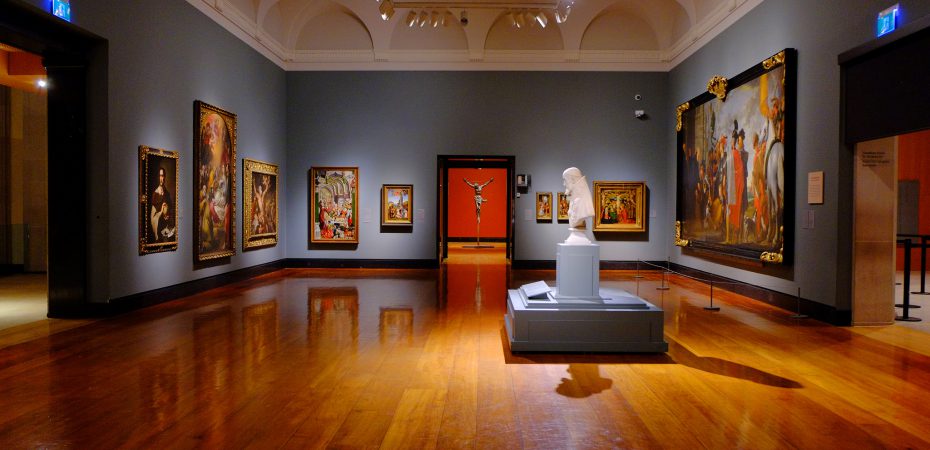Acquiring a work of art can be a good way to combine taste and support contemporary creation and asset building. In France, works of art are exempt from wealth tax but what exactly are considered as works of art in France?
According to Article 855 I of the General Tax Code , the acquisition of works of art is not subject to the wealth tax (ISF). As a reminder, here is a list of which goods are considered as artworks in France:
- – Carpets, tapestries executed after the original cartons and controlled by the artist, hand-woven and produced in limited quantities.
- – Pictures, paintings and drawings made exclusively by hand.
- – Engravings, prints and lithographs drawn boards handmade by the artist.
- – Enamels on copper and ceramics executed in the artist’s hand and signed by him.
- – Original statues and sculptures realised by artists. If it comes to sculpture casts made from a cast of the first work, their circulation must be limited and subject to control by the creator.
- – Photographs taken by the artist are considered works of art if they are printed by him or under his supervision, signed and numbered and limited to thirty copies, all sizes and mounts.
Antiquities/collectibles
According to the French Tax Administration, antiquities are objects that are more than one hundred years old. However, the age of the object does not automatically qualify it as a work of art.
Regarding furniture, the use of an expert is often necessary to prove its antiquity unless the goods have belonged to the family patrimony or that the seller (an antique dealer, a broker or appointed expert in an auction) provides guidance on its seniority and authenticity.
The list of objects of more than one hundred years old eligible for exemption is established by the tax authorities. It includes:
- – Antique furniture, frames, woodwork and various ornamental objects (lights, candles, mirrors etc…).
- – Graphic Arts products: incunabule, books, music (e.g. old sheet music and original compositions), maps, prints other than those mentioned above.
- – Textiles: carpets and tapestries, as well as hangings, embroidery, lace and other textiles (upholstery, costumes etc…).
- – Jewelry items excluding jewelry, silverware items (jugs, tankards, cups, candlesticks, dishes, etc.), stained glass, chandeliers and lighting fixtures.
- – Articles of metalwork and the work of locksmiths.
- – Showcases of objects: boxes, candy boxes, snuff boxes, tobacco graters, cases, fans and all other parts that could be a coherent collection.
- – Musical instruments.
- – Watches, including mechanisms.
- – Works glyptics (cameos, cut stones), medals and Sigillography (seals, fingerprints etc…).
Collectibles are items that usually have a low intrinsic value but derive their interest and value from their rarity, their grouping or their presentation. Here, there are collections and specimens of zoology, botany, mineralogy or anatomy or collections and specimens of historical interest, ethnographic, paleontological or archaeological, such as weapons, clothing, primitive objects or objects having belonged to famous men.
Owning works of art can therefore be an intelligent and culturally-significant way of reducing your tax burden in France. You may also be able to use the work crafts to pay all or part of certain taxes (inheritance tax, gift tax, wealth tax) by the delivery of a work of art in the state. Your work must however be of great artistic or historical value. If the state agrees to the giving, your debt is automatically switched off up to the value of the artwork that incorporates the national collections.
Contact Cabinet Roche for more information on this specialist topic.

Great post! Have nice day ! 🙂 b9dfe
Thank you, Thomas!
You could certainly see your enthusiasm in the article you write.
The world hopes for even more passionate writers like you who aren’t afraid to say how they believe.
Always follow your heart.